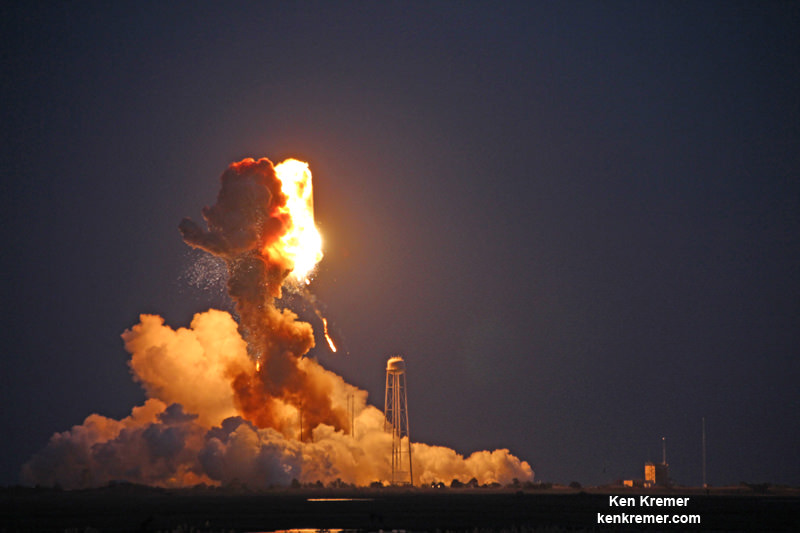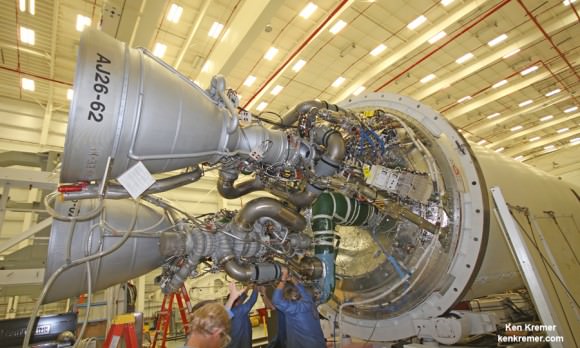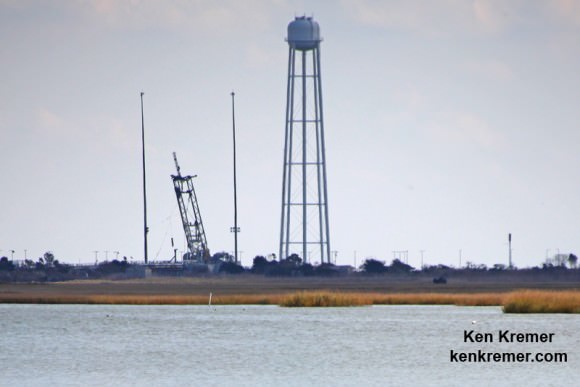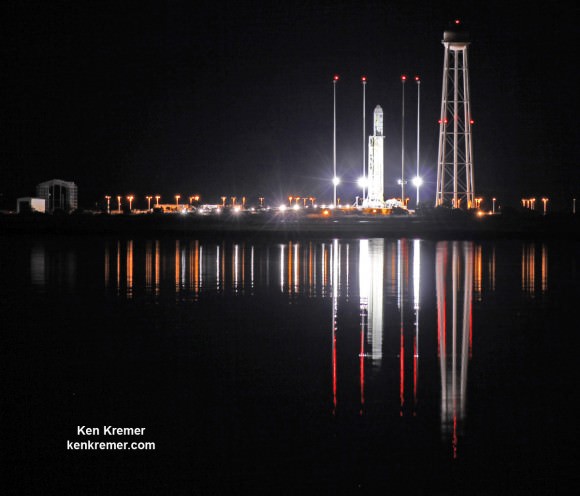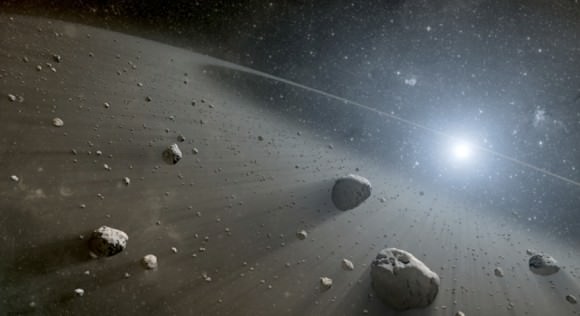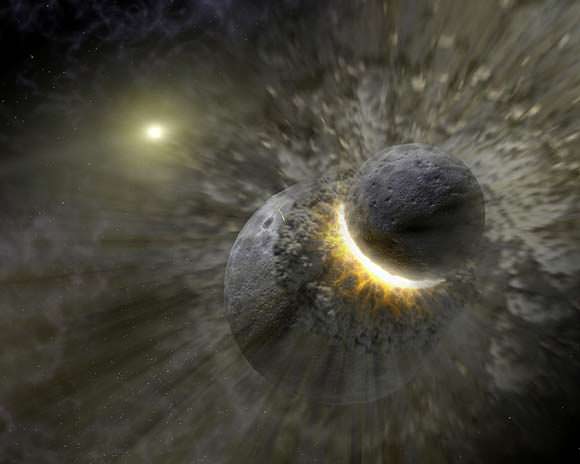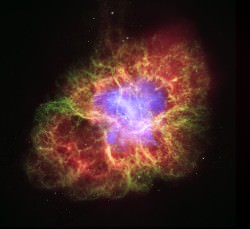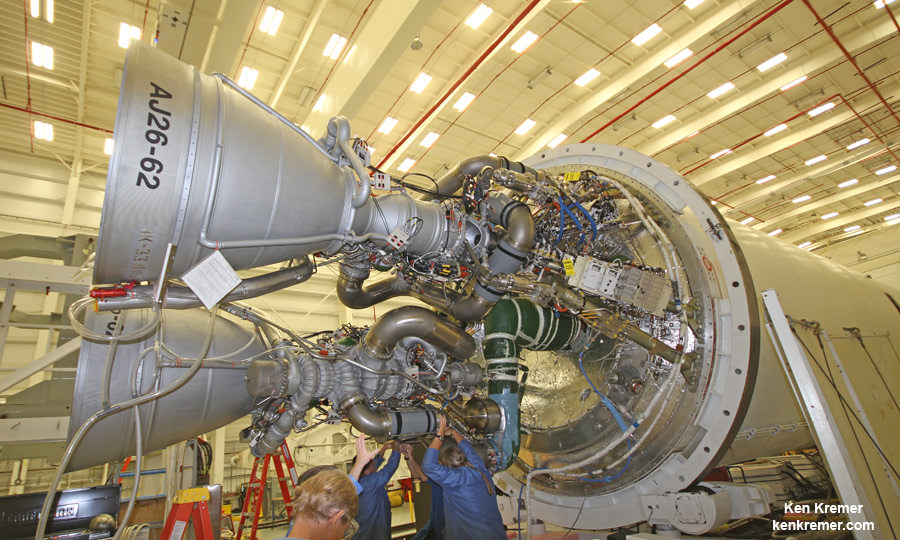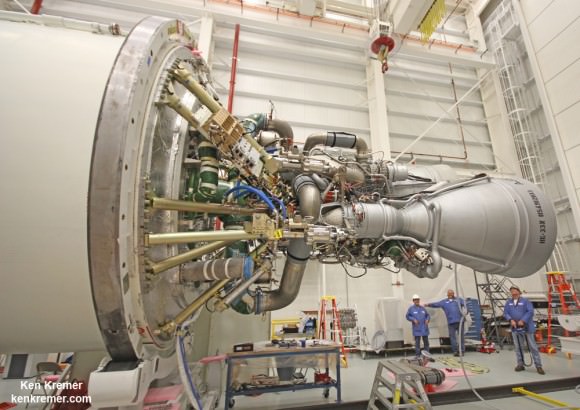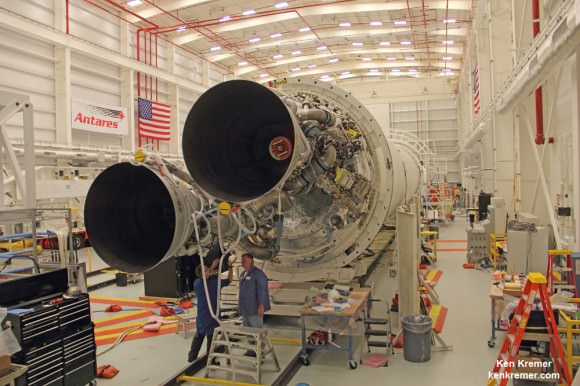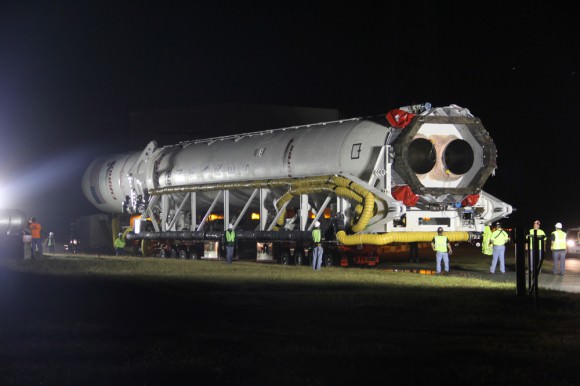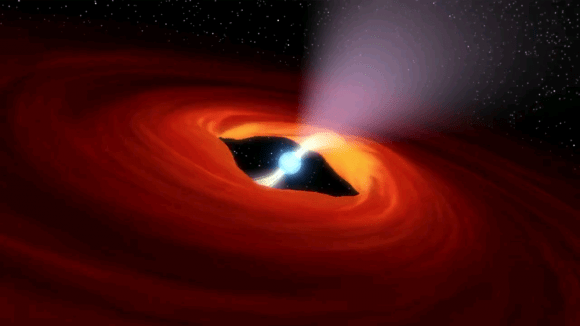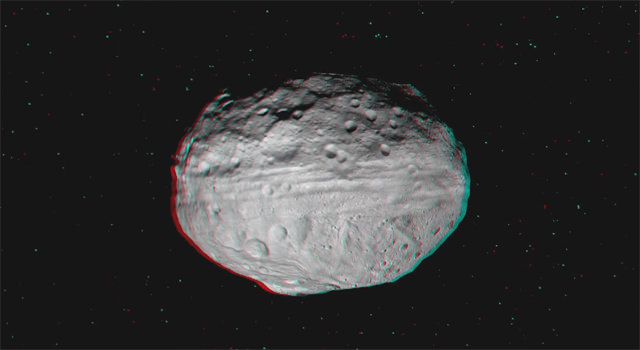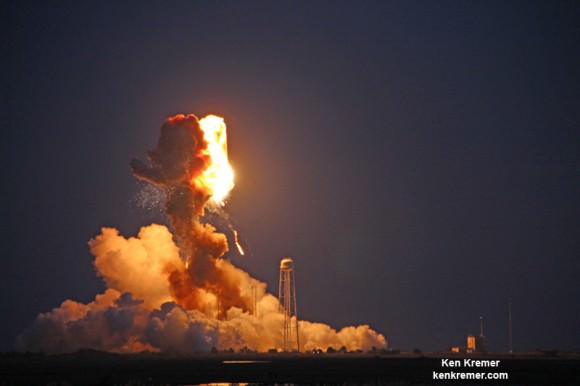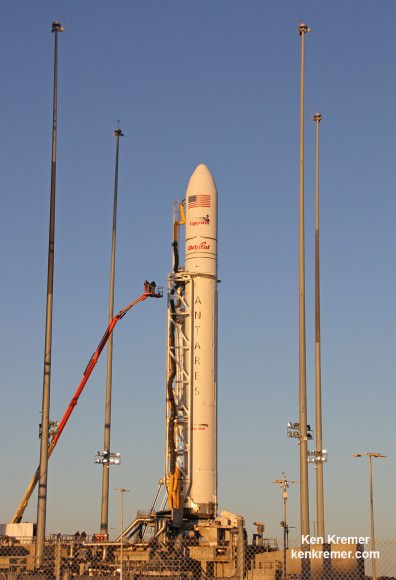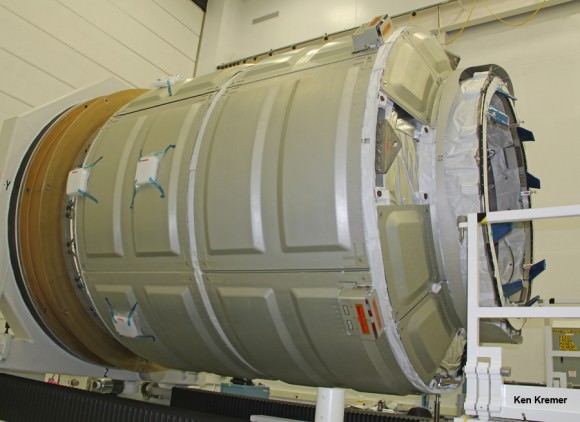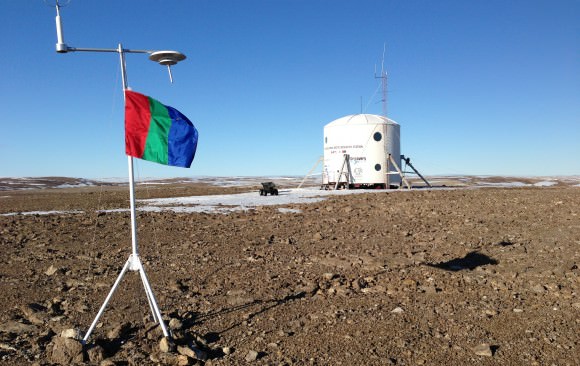Science fiction aficionados, take heed. The highly-anticipated movie Interstellar is sharp and gripping. Nolan and cast show in the end that they have the right stuff. Nearly a three hour saga, it holds your attention and keeps you guessing. Only a couple of scenes seemed to drift and lose focus. Interstellar borrows style and substance from some of the finest in the genre and also adds new twists while paying attention to real science. If a science-fiction movie shies away from imagining the unknown, taking its best shot of what we do not know, then it fails a key aspect of making sci-fi. Interstellar delivers in this respect very well.

The movie begins quite unassuming in an oddly green but dusty farmland. It does not rely on showing off futuristic views of Earth and humanity to dazzle us. However, when you see a farming family with a dinner table full of nothing but variations of their cash crop which is known mostly as feedstock for swine and cattle, you know humanity is in some hard times. McConaughey! Save us now! I do not want to live in such a future!
One is left wondering about what got us to the conditions facing humanity from the onset of the movie. One can easily imagine a couple of hot topic issues that splits the American public in two. But Nolan doesn’t try to add a political or religious bent to Interstellar. NASA is in the movie but apparently after decades of further neglect, it is literally a shadow of even its present self.
Somehow, recent science fiction movies — Gravity being one exception — would make us believe that the majority of American astronauts are from the Midwest. Driving a John Deere when you are 12, being raised under big sky or in proximity to the home of the Wright Brothers would make you hell-bent to get out of Dodge and not just see the world but leave the planet. Matthew McConaughey adds to that persona.
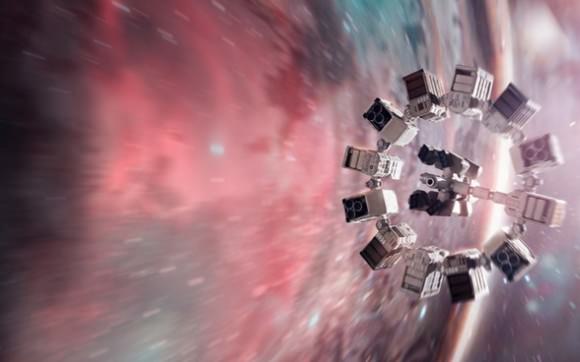
We are seemingly in the golden age of astronomy. At present, a science fiction movie with special effects can hardly match the imagery that European and American astronomy is delivering day after day. There is one of our planets that gets a very modest delivery in Interstellar. An undergraduate graphic artist could take hold of NASA imagery and outshine those scenes quite easily. However, it appears that Nolan did not see it necessary to out-do every scene of past sci-fi or every astronomy picture of the day (APOD) to make a great movie.
Nolan drew upon American astro-physicist Dr. Kip Thorne, an expert on Einstein’s General Relativity, to deliver a world-class presentation of possibly the most extraordinary objects in our Universe – black holes. It is fair to place Thorne alongside the likes of Sagan, Feynman, Clarke and Bradbury to advise and deliver wonders of the cosmos in compelling cinematic form. In Instellar, using a black hole in place of a star to hold a planetary system is fascinating and also a bit unbelievable. Whether life could persist in such a system is a open question. There is one scene that will distress most everyone in and around NASA that involves the Apollo Moon landings and one has to wonder if Thorne was pulling a good one on old NASA friends.
Great science fiction combines a vision of the future with a human story. McConaughey and family are pretty unassuming. John Lithgow, who plays grandpa, the retired farmer, doesn’t add much and some craggy old character actor would have been just fine. Michael Cane as the lead professor works well and Cane’s mastery is used to thicken and twist the plot. His role is not unlike the one in Children of Men. He creates bends in the plot that the rest of the cast must conform to.
There was one piece of advice I read in previews of Interstellar. See it in Imax format. So I ventured over to the Imax screening at the Technology Museum in Silicon Valley. I think this advice was half correct. The Earthly scenes gained little or nothing from Imax but once they were in outer space, Imax was the right stuff. Portraying a black hole and other celestial wonders is not easy for anyone including the greatest physicists of our era and Thorne and Nolan were right to use Imax format.
According to industry insiders, Nolan is one of a small group of directors with the clout to demand film recording rather than digital. Director Nolan used film and effects to give Interstellar a very earthy organic feel. That worked and scenes transitioned pretty well to the sublime of outer space. Interstellar now shares the theaters with another interesting movie with science fiction leanings. The Stephen Hawking biography, “The Theory of Everything” is getting very good reviews. They hold different ties to science and I suspect sci-fi lovers will be attracted to seeing both. With Interstellar, out just one full day and I ran into moviegoers that had already seen it more than once.
Where does Interstellar stand compared to Stanley Kubricks works? It doesn’t make that grade of science fiction that stands up as a century-class movie. However, Thorne’s and Nolan’s accounting of black holes and worm holes and the use of gravity is excellent. Instellar makes a 21st Century use of gravity in contrast to Gravity that was stuck in the 20th Century warning us to be careful where you park your space vehicle. In the end, Matthew McConaughey serves humanity well. Anne Hathaway plays a role not unlike Jody Foster in Contact – an intellectual but sympathetic female scientist.
Jessica Chastain playing the grown up daughter of McConaughey brings real angst and an edge to the movie; even Mackenzie Foy playing her part as a child. Call it the view ports for each character – they are short and narrow and Chastain uses hers very well. Matt Damon shows up in a modest but key role and does not disappoint. Nolan’s directing and filmography is impressive, not splashy but one is gripped by scenes. Filming in the small confines of spaceships and spacesuits is challenging and Nolan pulls it off very well. Don’t miss Interstellar in the theaters. It matches and exceeds the quality of several recent science fiction movies. Stepping back onto the street after the movie, the world seemed surprisingly comforting and I was glad to be back from the uncertain future Nolan created.


